What Does Fennel Seed Taste Like? Discover This Unique Spice
Fennel seeds, those tiny aromatic kernels, have intrigued culinary enthusiasts and health-conscious individuals for centuries.
Small yet mighty seeds pack a surprising punch in both flavor and potential benefits.
Ancient cultures prized fennel seeds for their unique characteristics and versatile applications in cooking and traditional medicine.
Cultures from the Mediterranean to India have embraced these seeds as a staple ingredient in their cuisines.
Chefs and home cooks appreciate how these seeds can transform ordinary dishes with their distinctive profile.
The complex nature of fennel seeds goes far beyond simple seasoning, offering a sensory experience that captivates the palate.
Understanding the nuanced taste of fennel seeds can elevate your culinary skills and expand your gastronomic horizons.
Dive into this article to unravel the delicious mystery behind these remarkable seeds.
Fennel Seed: What Is It?
Farmers collect and dry fennel seeds from plant blossoms.
Seeds look oval and range from pale green to tan shades.
Their taste brings a sweet, licorice-like flavor that adds warmth and sweetness to meals, pairing especially well with seafood and pork dishes.
Seeds usually appear in dried versions, shifting from green to grey and finally light brown as they mature.
Fresh fennel seeds carry a mild anise-like taste similar to licorice.
Cooks can eat these seeds in many recipes, both savory and sweet.
Most people enjoy fennel by mixing it into salads or sprinkling it over bread slices.
The Taste Of Fennel Seed
Fennel carries a complex flavor profile with different parts of the plant offering unique tastes.
Many individuals connect fennel with anise or licorice, but its flavor sits much softer on the palate compared to strong licorice.
Fennel actually appeals to many who typically shy away from licorice's intense taste.
Its plant structure resembles celery, yet feels harder and more substantial.
Stalks provide substantial crunch with slight stringy qualities.
Bulb sections become tender and smooth after cooking.
Fennel seeds mirror anise and black licorice flavors while carrying medicinal benefits that make them valuable in spice combinations.
Beyond enhancing soups, these seeds work wonderfully in sausage recipes.
Cooks can sprinkle seeds directly on dishes or use them as a delicate garnish within soup preparations.
Fennel Seed Vs. Anise Seed
Fennel grows back year after year, while anise only lasts one season.
Both share a licorice-like taste from a special oil in their seeds.
Chefs often mix them up, but key differences exist between these two herbs.
Anise seeds pack a more intense licorice punch compared to fennel.
Chinese and Indian cooking frequently use anise in spice mixes.
Fennel carries a milder licorice hint that lacks the same sweetness.
Swapping fennel for anise might require extra seasoning to match the original recipe's flavor.
Fennel seeds come from Florence fennel, a plant with edible parts including bulbs, greens, and fronds.
Anise seeds grow on a bush meant only for seed production, with no other usable plant components.
Clear distinctions mark these two different herbs.
Recipe choices depend on specific cooking needs.
Chefs select fennel when dishes call for fresh greens or bulbs.
Sweet treats like biscotti work best with anise seeds.
Matching the right herb matters for authentic flavor profiles.
Fennel brings a subtle woody note that works nicely in savory sauces.
Interestingly, anise comes from an evergreen tree and plays a significant role in Asian cooking.
Both herbs add unique character to different culinary traditions.
Do Fennel Seeds Support Heart Health?
Fennel and its seeds pack a powerful health punch with high fiber content and potential benefits for heart health.
Raw fennel bulb offers 3 grams of fiber per cup (87 grams).
Saunf contains vitamin C and quercetin, two strong antioxidants that work well at cutting down inflammation and related markers.
Studies show fiber-rich diets can lower heart disease risks.
Research indicates that consuming more dietary fiber connects directly to reduced heart problems.
Each additional 7 grams of daily fiber intake may decrease heart disease risk by 9%.
Fennel and its seeds deliver essential nutrients like calcium, magnesium, and potassium - minerals that support heart wellness.
Potassium-rich foods help control blood pressure, which matters significantly for heart health protection.
Ways To Prepare And Use Fennel Seeds
Fennel brings magic to my cooking with its unique qualities. Some folks even enjoy eating it raw in salads!
Raw fennel helps digestion, though its flavor might not appeal to everyone.
Culinary Uses: Sweet vs. Savory Recipes with Fennel Seeds
Fennel seeds have a warm, sweet, and slightly licorice-like flavor that works well in both sweet treats and savory dishes, adding depth and a hint of spice:
How To Store Fennel Properly
Fennel stays fresh longer when stored in the refrigerator.
Keep your fennel in a plastic bag at the bottom of the fridge for best results.
Storing fennel this way helps it last up to two weeks.
Cut pieces of fennel should be wrapped tightly in plastic wrap to stop browning.
Fronds might look wilted during storage, but don't worry if the bulb remains healthy and uncracked.
Freezing fennel works well for longer storage.
Chop the fennel into pieces and spread them flat on parchment paper before freezing.
After freezing, move the pieces into small bags for easy future use.
Frozen fennel portions work great in soups and stews.

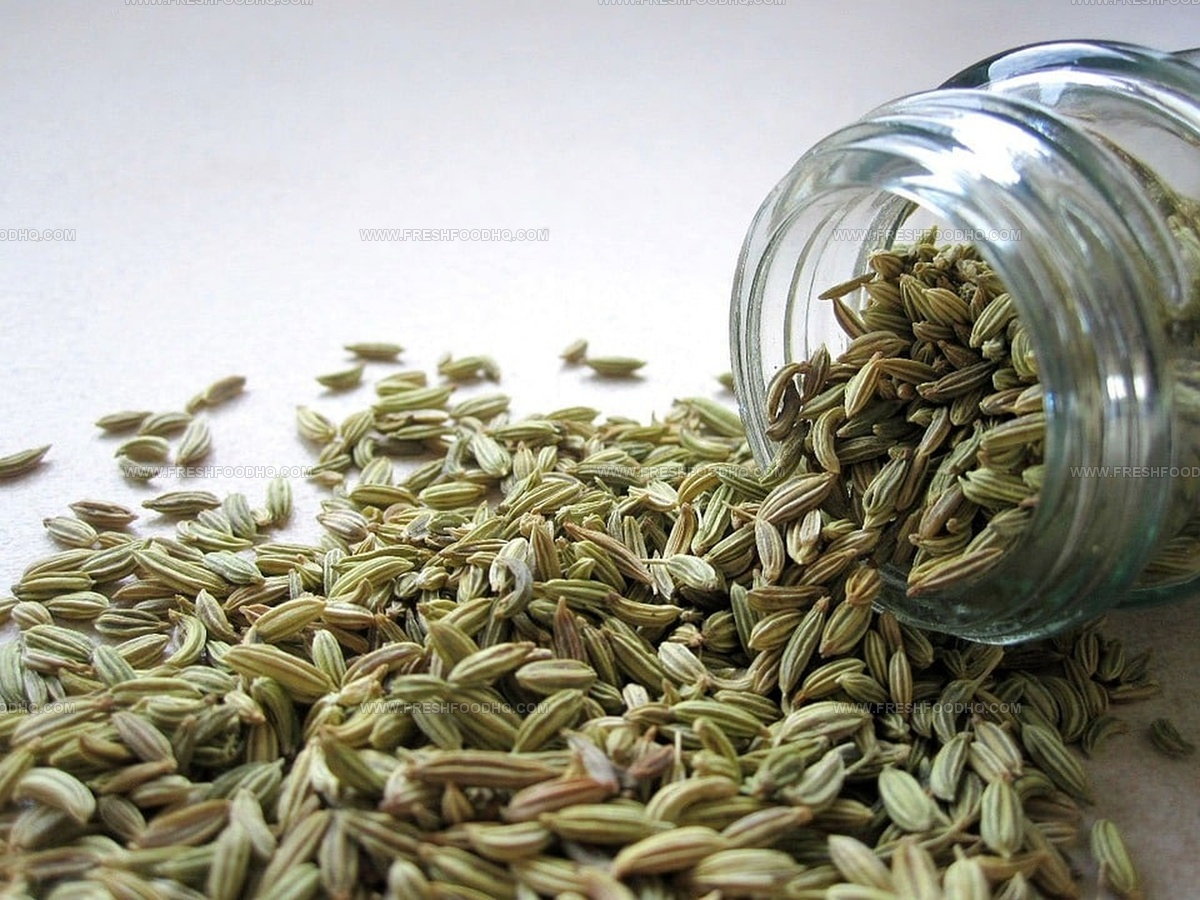
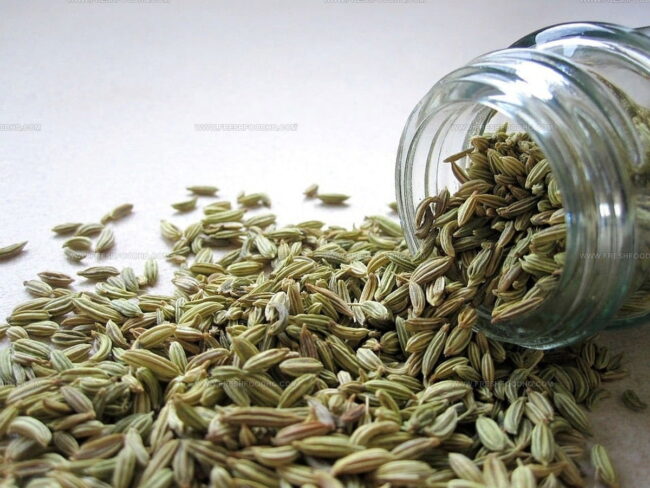
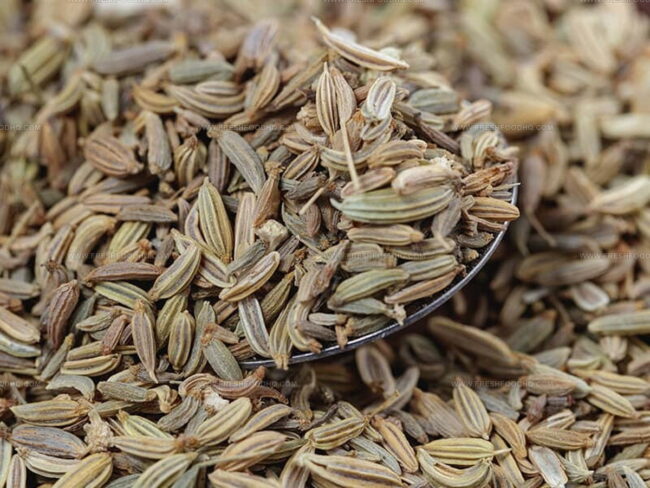
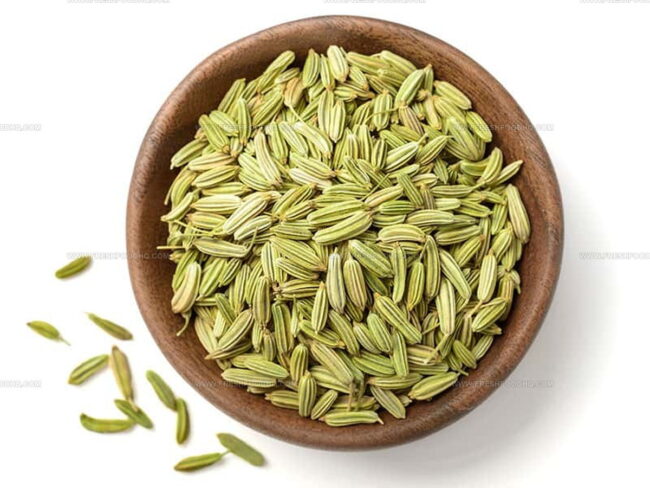
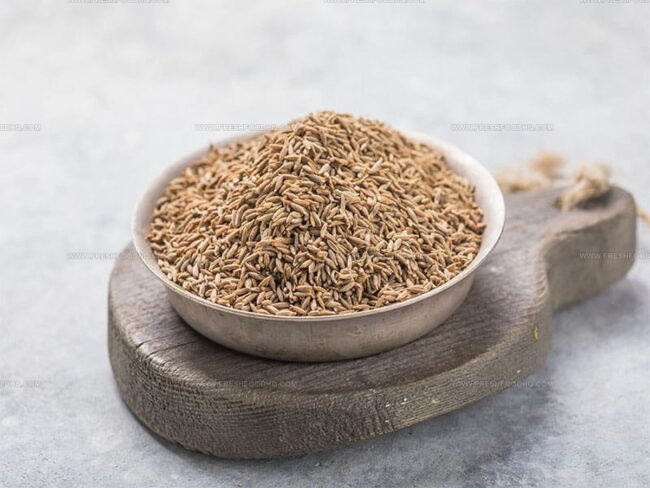
Samantha Lee
Recipe Developer & Content Creator
Expertise
Plant-based and vegetarian recipes, Recipe testing and development, Food blogging and digital content creation, Culinary education and workshops
Education
Oregon Culinary Institute (Portland, OR)
Samantha sees cooking like painting, every fresh herb, every juicy tomato, a new splash of color on a canvas.
After graduating from Oregon Culinary Institute, she blended her love of global cuisines and plant-based cooking into recipes that feel fresh, fearless, and full of heart.
Samantha’s kitchen is a place where comfort food gets a modern remix and every meal feels like a little adventure. When she’s not cooking, she’s out exploring farmers’ markets, sketching new recipe ideas, or getting her hands dirty in a community garden.